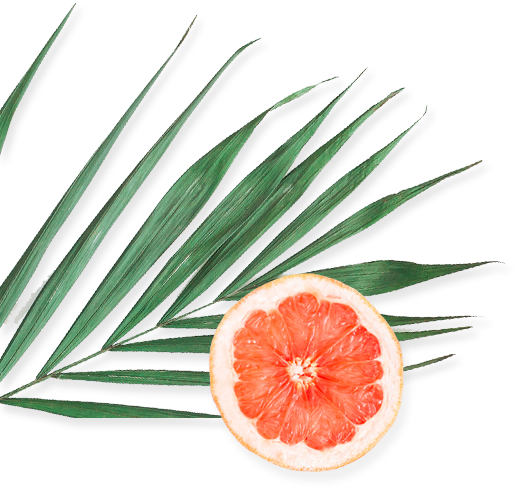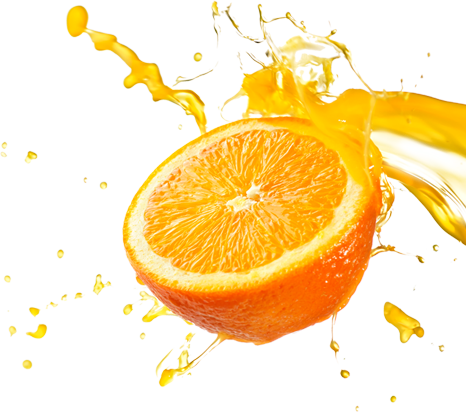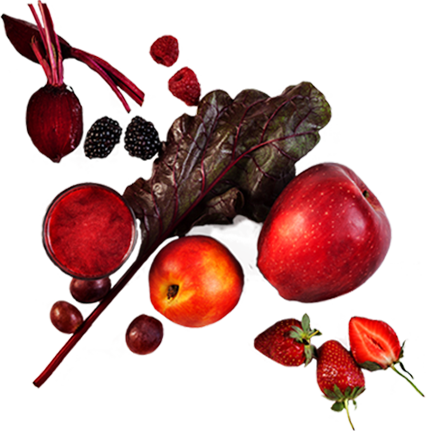
Sensorics: the human senses as beverage development tool

Featured Posts
Categories
Interested in more? Subscribe to our blog.
We are used to being able to measure and analyze practically everything with instruments. There is, however, a scientific discipline in beverage development for which there is still no adequate replacement for humans: sensory analysis, which is sometimes simply referred to as "sensorics".
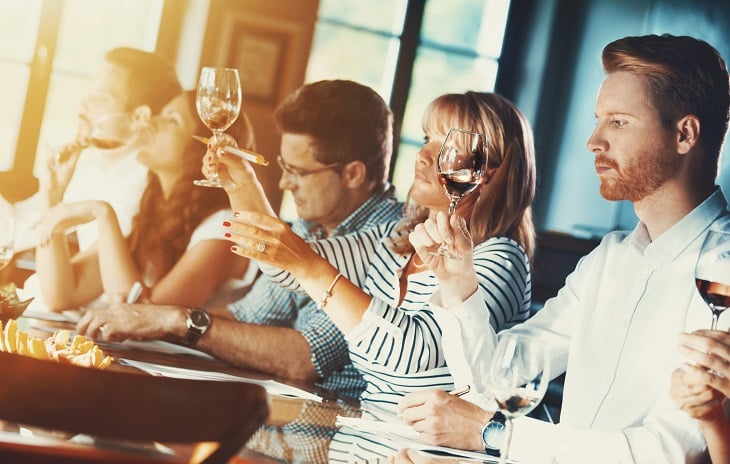
With the rapid pace of technological development, it can only be a matter of years before an all-round robot is invented. Until then, we are still relying primarily on the trained human senses, such as taste and smell, when developing beverages and evaluating beverage compounds. In beverage development, they give us an answer to how a group of consumers perceive and assess a product and its quality.
For all living beings, the senses are the channels through which they obtain information about the environment. Each of us constantly judges objects and situations, consciously or unconsciously. Evaluating food with all of the senses - whether it is edible or harmful - is a central human survival strategy. Exciting: Only the basic tastes and their connection with the emotions in the brain are innate and genetically determined. The fine nuances are perceived, experienced and evaluated individually . Through diverse experiences and socio-cultural integration, nutritional biographies develop very individually. That is why likes and dislikes are personal. General trends in the beverage market, but also the flavour trends, are derived from various influences, but also from individually preferred taste profiles.
However, it is a fact that today's consumers are always looking for new stimuli and thus new taste experiences .
Sensory test in beverage development: panelists evaluate the flavour
As a result, the subjective evaluation of the test persons fluctuates significantly more than the results of technical measuring devices. A sensory test in beverage development must therefore always be based on a group (panel) result and, depending on the method, involve an appropriate number of panelists.
Sensorics began in the USA in the late 1930s, when the increasing industrialization of agriculture and food production intensified competition between regional and national food producers. In an environment of growing competition, better sensory quality of products has proven to be very important for the success of the product among consumers and has stimulated the development of standardized sensory evaluation techniques. Sensory evaluation has become part of food science since the middle of the 20th century. Today it is impossible to imagine beverage development without it.
Sensory evaluation methods make it possible to describe the properties of products and/or to evaluate them from different perspectives. On the one hand, sensory-analytical testing methods are available, which use a group of specially trained persons, the panel, for objective testing of products. These focus either on checking for deviations from standards and finding differences (discriminatory methods), or on measuring and describing the relevant properties (attributes) of products in terms of their intensity (descriptive methods). An important prerequisite for the descriptive sensory evaluation in general is a uniform technical language that describes the sensory properties of the product.
The most common methods are:
• the paired comparison test: The comparison reference is compared with a separate sample
• the triangle taste test: The taster gets three randomised samples and should identify which two are identical and which is differing from the other two
On the other hand, there are so-called hedonic testing methods that use the subjective evaluation of products by consumers - that is, by laypeople when it comes to sensory. Quantitative hedonic methods provide information about whether people like a product or not, or which product is preferred over another. These tests are often referred to as "acceptance" or "consumer" tests. In qualitative methods, general habits, expectations, etc. are examined.
Sensory technology in beverage development: standardized according to DIN and ISO standards
Sensorics is an interdisciplinary field of science that is used not only in food evaluation, but also, for example, in automotive or cosmetics development and has a very broad portfolio of validated test methods. These were often standardized according to DIN and ISO standards. If trained persons are used for analytical sensory tests, as with all other analytical measuring devices, their performance quality and reproducibility of the results are decisive.
Nothing is left to chance: For example, the standard DIN EN ISO 8586 "Sensory analysis — a general guidelines for the selection, training and monitoring of selected assessors and expert sensory assessors" describes in detail the time-consuming process of the first identification of suitable persons who would be able to recognize even the smallest differences in concentration of basic flavours. This is followed by intensive sensory training over several sessions so that humans can be used as an "objective testing tool" comparable to an electronic measuring device.
In order to receive objective answers to analytical questions, it is necessary to create an appropriate laboratory environment. When evaluating products, the panelists must have identical conditions such as lighting, neutral atmosphere or room temperature. The test takes place in separate booths. In some cases it is necessary to limit the influence of eyesight on the evaluation of food, so that special light filters or opaque cups are used in the test booths. The data obtained from sensory evaluations usually need to be evaluated using statistical methods, as only these allow valid conclusions to be drawn about the tested product.
Consumers judge what tastes good
The quality of the product should be judged not only by experts, but also by consumers: ultimately, they should buy and consume these foods. In hedonic (consumer) tests, however, consistent test conditions cannot be guaranteed for all participants, moreover, lay tasters are not trained. For this reason, it is necessary to involve many more people in hedonic tests than in analytical tests, so that the results of the statistical processing are sufficiently robust and reliable.
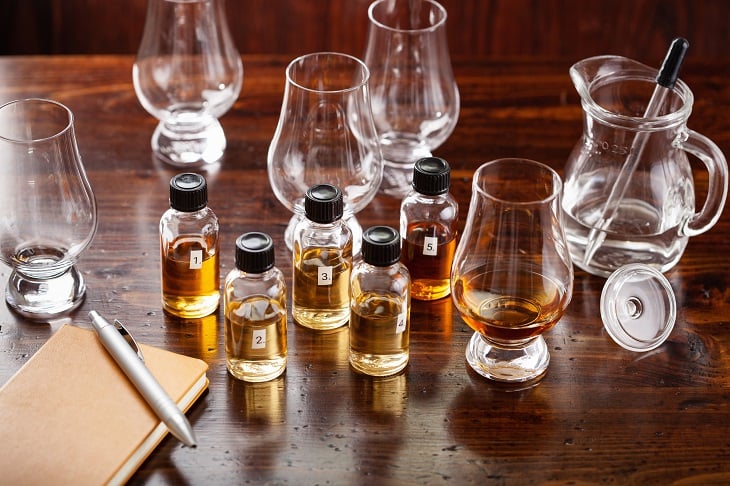
Industry experts as a "reflection of the consumer"
Sensory analysis is used in industrial and craft product development, in production, in quality control, in quality assurance, in marketing and also in research.
Most companies that manufacture consumer goods or supply raw materials for production have their own departments and experts who specialize in sensory analysis. Industrial sensors make it possible - as a "reflection the consumer" - to understand the interests, requirements and needs of the consumer and to enable the effective application of these in the development of corresponding products. This is why a growing number of companies is using sensory as a strategic component of marketing decisions in order to identify and quantify the main drivers of product acceptance. Sensorics is therefore part of the entire product life cycle: It increases the effectiveness and efficiency of product development and can thus reduce the flop rates for innovations.
AUSTRIA JUICE's development laboratory has a professionally equipped sensory room in which the tastings take place. Furthermore, the sensory panel for beverage development at Austria Juice is made up of employees with many years of sensory experience.
CONCLUSION:
Sensory analysis is exciting and an important step in beverage development: It relates to the various aspects that determine the success of a product on the market. These include social science factors: sociological, psychological and cultural, but also natural science factors from neurobiology and food chemistry, for example. This makes sensorics a unique interdisciplinary field of science that can be performed in beverage development not by machines, but by humans. The essence of its success is adherence to basic scientific principles: objectivity, reliability and validity.

Jan PetkaAuthor
Flavorist


